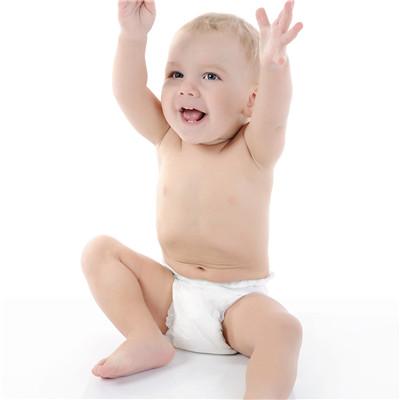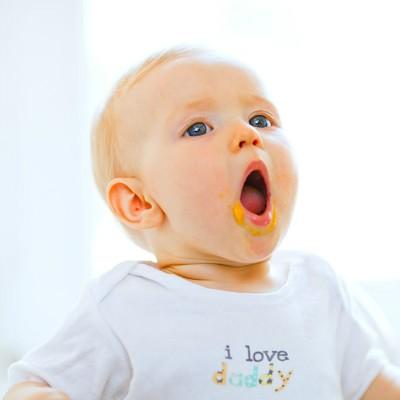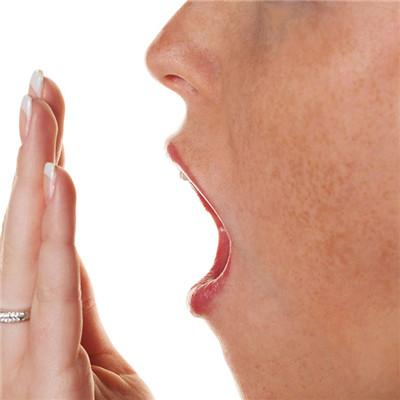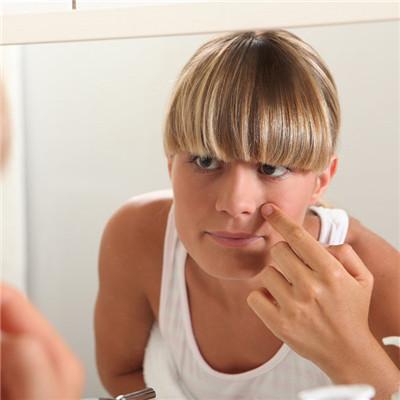Symptoms and treatment of rhinitis in children
summary
Most of children's rhinitis is allergic, the symptoms are nasal congestion, cold air sneezing, runny nose, runny nose backflow, memory loss, bad smell. Many children can also be accompanied by itchy nose, itchy eyes and tears, manifested as repeated rubbing nose (pick nose) and rubbing eyes, known as allergic rhinoconjunctivitis. Allergic rhinitis in children refers to children's allergic reaction to dust mites, molds, cold air, pollen, food (eggs, fish and shrimp), bacterial infection (such as bacteria, toxins) and other nasal mucosa. It is a common reaction of chronic nasal congestion. Children's symptoms and treatment of rhinitis to tell you.
Symptoms and treatment of rhinitis in children
1. Chronic rhinitis in children is characterized by cold nose and olfactory failure. Chronic simple rhinitis can be alleviated during daytime activities, and aggravated during night and sitting. When lying on one side, the lower side of the nasal cavity is blocked, and the upper side of the nasal cavity is well ventilated. When lying on the other side, the nasal congestion appears in the other side of the nasal cavity. Nasal mucus, often accompanied by headache, dizziness, loss of smell, etc. Chronic hypertrophic rhinitis is characterized by persistent nasal obstruction, mucinous or mucopurulent nasal discharge, tinnitus, hearing loss, headache, insomnia and mental depression.
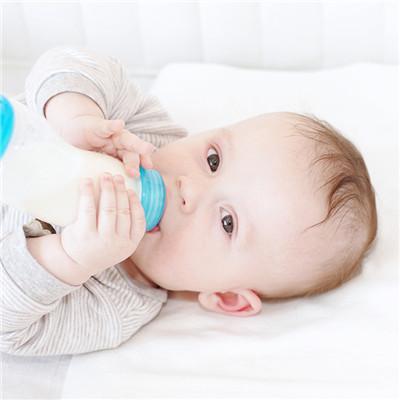
2. Children with acute rhinitis have mild chilly fever, general discomfort, burning sensation in the nasopharynx, dry, itchy and sneezing in the nose. One to two days later, there was nasal congestion, a large amount of clear water like nasal discharge, decreased sense of smell and headache. 3-4 days later, due to secondary infection, the secretion turned to yellow pus, the nose was not easy to blow out, and the nasal congestion was more serious. If there is no complication, it will return to normal in about one week.
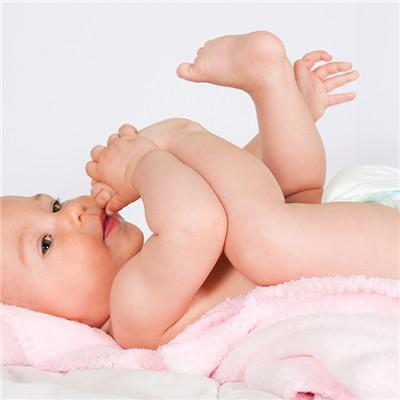
3. The clinical characteristics of allergic rhinitis in children are recurrent nasal itching, sneezing, a large amount of clear nose, and pale nasal mucosa, seasonal or perennial attack.
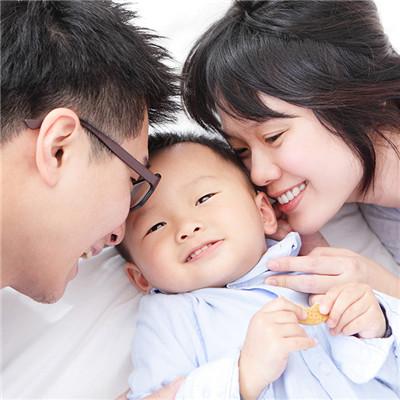
matters needing attention
1. If a child is allergic to fur or mites, remove all down pillows and quilts. At home, vacuum cleaners are often used to clean the environment instead of brooms. The doors and windows of the bedroom should be opened frequently to keep the air fresh and flowing; 2. If you are allergic to chemical gas, you should pay special attention to the decoration of the home environment, and try to use green decoration materials; 3. If the allergy is very severe, you can use anti allergic drugs, some for local use and some for whole body use. Children about 2 years old can use local nasal spray; Neishuna, renocote, Burke sodium, etc; 4. If it is allergic rhinitis induced by a cold, the main thing is to exercise and reduce the cold, which can also play a preventive role; 5. If it's seasonal allergy, for example, children will have allergic symptoms every September and October, it's better to take preventive treatment one or two months in advance, then even if there is allergic rhinitis, the symptoms will be much less.


